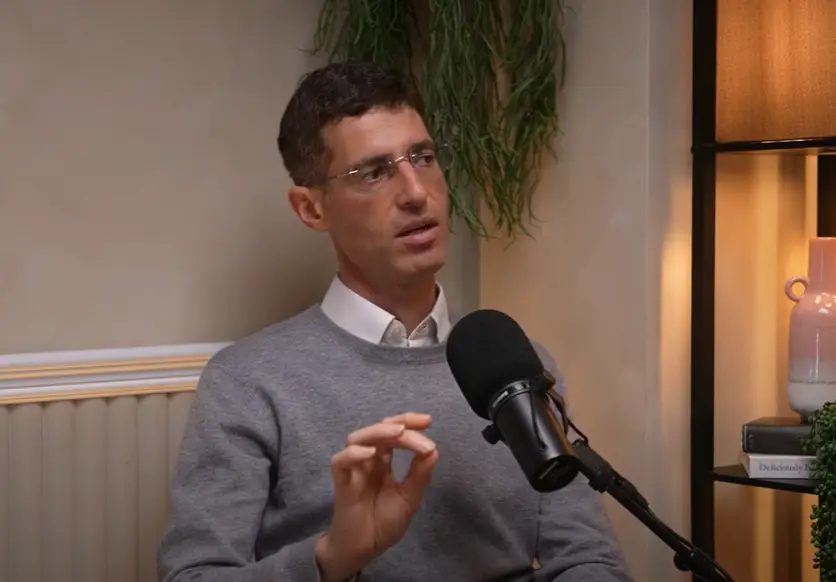
How to Build and Sustain a High-Performing FP&A Team
19 Apr, 20248 minutes
In the dynamic realm of finance, the role of Financial Planning and Analysis (FP&A) has evolved significantly, becoming pivotal in driving strategic decisions and ensuring financial stability. However, establishing and maintaining a top-tier FP&A team requires careful consideration of hiring practices, role evolution, team structure, and talent retention strategies. In this comprehensive article, we delve into the intricacies of building and nurturing an exceptional FP&A team.

Hiring the First FP&A Person
In the quest to understand what startups seek in their first FP&A hire, one must grasp the pivotal role this individual plays in shaping the financial landscape of the company.
As articulated in a recent podcast with GrowCFO, the consensus among industry experts highlights that it is crucial for organizations, especially those new to FP&A, to have structure and diligence in their financial planning and analysis functions. Usually leading the search is the Chief Financial Officer, whose primary objective is to find someone capable of instilling accuracy in budgeting while taking ownership of the financial plan and its regular forecasting.
The role of FP&A demands a diverse skill set and if they are the first hire they are tasked with not just building the budget but also maintaining and refining it over time, thereby taking charge of the company's financial model. This responsibility goes beyond just crunching numbers; it means building trust in the organization by providing dependable insights that enable accountability and informed decisions.
Alongside this responsibility, a deep understanding of key stakeholders is paramount. FP&A professionals must understand their stakeholders' challenges, needs, and objectives, bridging the gap between business requirements and stakeholder expectations. This requires comprehending both perspectives and anticipating stakeholder needs ahead of time, ensuring the company's path is clear and coherent. Ultimately, the significance of this role lies in laying the groundwork for the startup's growth journey and providing a solid foundation upon which future financial strategies can be built and executed.

The Evolution of the FP&A Role
Therefore, early adoption of a dedicated FP&A hire is something startups can’t afford to overlook. Investing in the role early on is worthwhile, as it usually evolves alongside the company. Initially, the first FP&A hire may handle both FP&A and accounting duties, they will often wear multiple hats, functioning as a dynamic generalist who adapts to evolving business and market conditions. In the preliminary stages, priorities revolve around managing cash flow and understanding funding requirements. As the team expands, attention turns to developing forecasting capabilities, analyzing performance metrics, assessing the financial implications of strategic decisions, and charting the path to profitability. Initially, a team may consist of one or two individuals who may also handle accounting responsibilities, gradually expanding to three or four as the focus shifts for the initial FP&A hire towards strategic business partnering.
Variations in FP&A Team Sizes
However, when it comes to the size and structure of an FP&A team, it's highly contingent on the unique needs and dynamics of each business.
As the organization grows, considerations around generalization versus specialization come into play in structuring the team. It's important for the team's structure to match the needs of the business or support functions. For example, assigning roles to handle specific cost categories, like employee-related expenses, can improve alignment with HR and promote collaboration with other departments like marketing or technology.
Additionally, geographical considerations might arise for larger organizations serving diverse markets, prompting the allocation of team members to specific regions. As mentioned, the team's setup should match the organization's strategy and changing needs, considering future growth and market trends in the next one to three years.

Challenges in recruiting FP&A talent
Recruiting top FP&A talent presents challenges due to the breadth of skills required. Candidates must possess proficiency in organizing and interpreting complex data sets, storytelling abilities, collaboration aptitude, and strategic alignment. A great FP&A leader is a master at striking the balance between various facets of the role, they seamlessly navigate between understanding the big picture and delving into the details as needed.
To attract talent of this calibre, organizations should emphasize growth opportunities, highlight their involvement in diverse projects, and ensure a supportive culture.
In our experience, many clients are on the lookout for candidates who have been there and done it before. They want someone who's not afraid to roll up their sleeves and transform their messy data into accurate reports. However, securing these seasoned professionals often comes with a hefty price tag, which can be a challenge for businesses with budgetary constraints. Also, many of these candidates don't want to go through the exact same process again. Experienced candidates are usually seeking roles that offer broader responsibilities or align better with their long-term career aspirations, such as aiming for a CFO position. If you do have the budget, highlighting opportunities for progression, autonomy, and tangible value addition can be compelling enough incentives to attract them back into a similar role. If you don’t have the budget, it's about finding candidates who bring some relevant experience to the table but who are also open to growth opportunities. They may not have led entire initiatives before, but they can still possess valuable insights that can contribute to building a top-notch FP&A function.
Ultimately, the key challenge lies in coordinating expectations and managing risks during the recruitment process, so a robust and capable FP&A function can be built. Working alongside an experienced search firm can open doors to FP&A professionals who may not be actively searching but who align with your budget, requirements and additional offerings.
Nurturing and Retaining the Talent
Once you have onboarded a great FP&A Leader that achieves the balance required and has not only strong emotional intelligence and impact skills but also a keen understanding of the dynamics at play within the organization, how do you hold onto them?
First it is useful to understand some of the reasons that lead individuals to consider leaving their FP&A role. Firstly, a lack of buy-in from the business can be a significant source of frustration. If stakeholders are not receptive to their input or suggestions, or if there's a perceived lack of openness to meaningful conversations, individuals may feel undervalued and demotivated.

Another common issue is when promised team-building opportunities fail to materialize. Many individuals join FP&A roles with the expectation of building and leading a team, only to find themselves still entrenched in day-to-day tasks without the support they were promised. This lack of progression and inability to focus on strategic decision-making can lead to feelings of stagnation and dissatisfaction.
Salary misalignment or cultural mismatches can also contribute to individuals considering leaving their FP&A role. If the compensation or company culture is not in line with their expectations or values, it can impact job satisfaction and overall morale.
Additionally, as companies scale, structural changes may occur that affect the nature of the FP&A role. For example, if FP&A responsibilities become more focused and separated from other finance functions, individuals who enjoyed the broader oversight may feel constrained and opt to explore other opportunities.
Addressing these factors proactively and creating a culture of trust and psychological safety can help organizations retain valuable talent and foster a supportive and engaging work environment. Team members should feel comfortable expressing ideas and concerns, especially the FP&A Leader as they must be able to concert themselves as the voice of reason, when necessary. Additionally, investing in the individuals professional development and addressing any skills gaps can demonstrate a commitment to their growth and success and plays a significant role in retaining FP&A talent.
Moreover, startups should remain open to accepting that sometimes it may be the right decision for an FP&A professional to move on. In such cases, it's crucial to celebrate their contributions, recognize their achievements, and maintain positive relationships. Previous employees can be the biggest advocate of your company and may potentially return for future collaborations, so do not burn any bridges.
Conclusion
Building and sustaining a high-performance FP&A team requires a multifaceted approach that encompasses strategic hiring, role evolution, team structure, recruitment strategies, and talent retention initiatives. By prioritizing these aspects and fostering a culture of continuous learning and collaboration, organizations can establish an FP&A team that drives success and innovation in finance.


